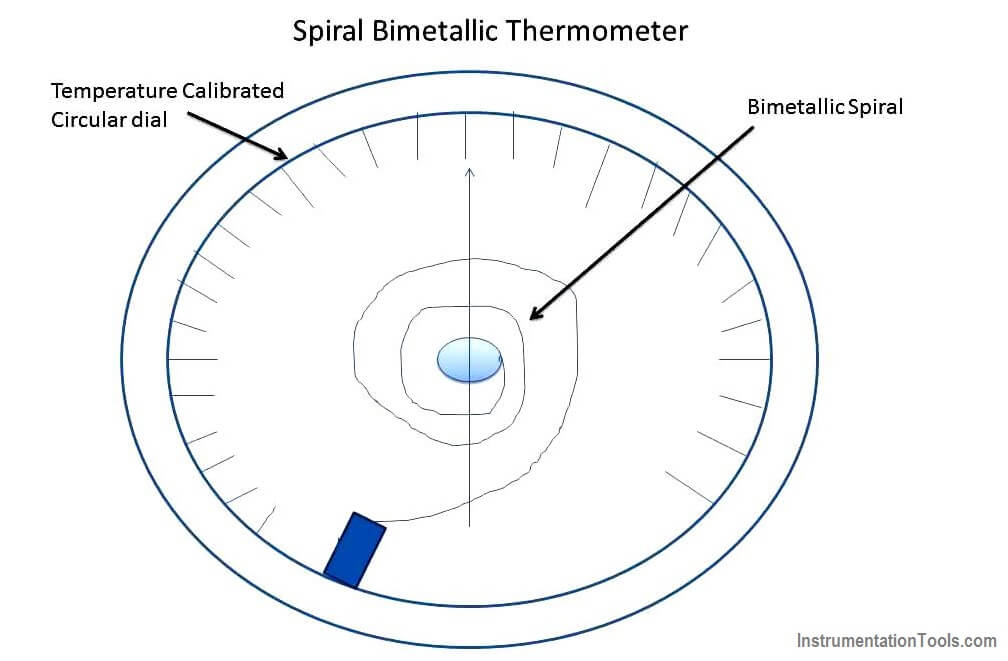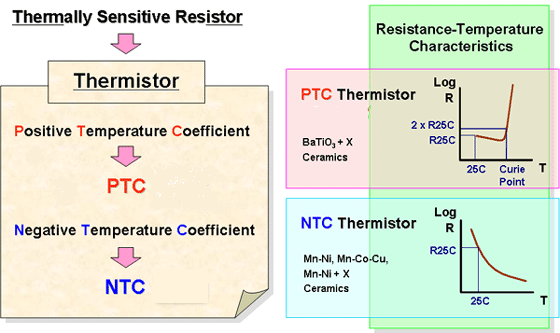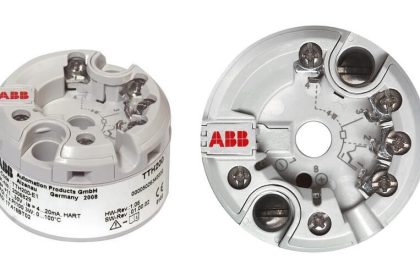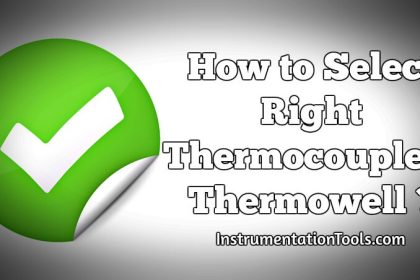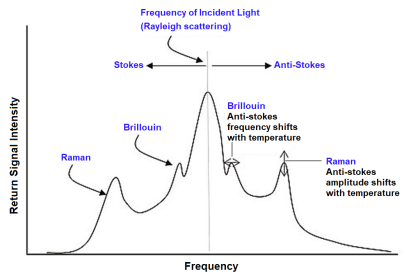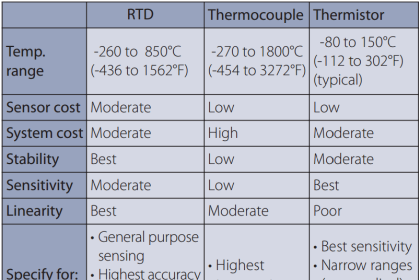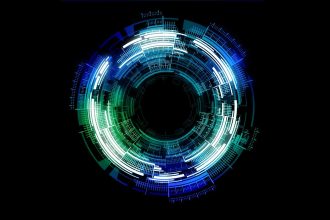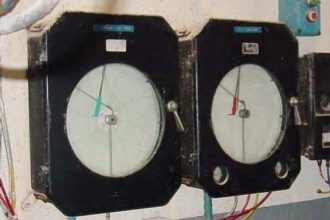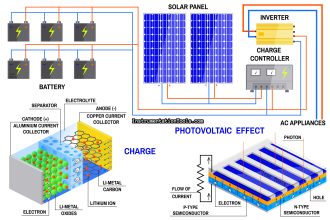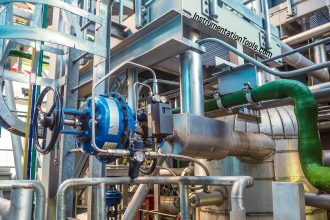Principle of Spiral bimetallic thermometer
When a bimetallic spiral fixed at one end and free at the other end is subjected to a temperature change, the free end of the bimetallic spiral deflects proportional to the change in temperature. This deflection becomes a measure of the change in temperature.
Description of Spiral Bimetallic Thermometer

The main parts of a spiral bimetallic thermometer are as follows:
- A bimetallic spiral which is fixed at one end to the body of the instrument and free at its other end.
- To the free end of the bimetallic spiral is attached to a free floating shaft.
- One end of the shaft is mounted in a fraction less arrangement and its other end is connected to a pointer which sweeps over a temperature calibrated circular dial graduated in degrees of temperature.
Operation of Spiral Bimetallic Thermometer
When a temperature of a medium is to be measured, the bimetallic thermometer is introduced into the medium for a length ‘L’
The bimetallic spiral senses the temperature and expands resulting in a deflection at its free end.
This deflection at the free end of the bimetallic spiral rotates the free floating shaft connected to it. When the free floating shaft rotates, the pointer attached to the shaft moves to a new position on the temperature calibrated dial including the measured temperature.
